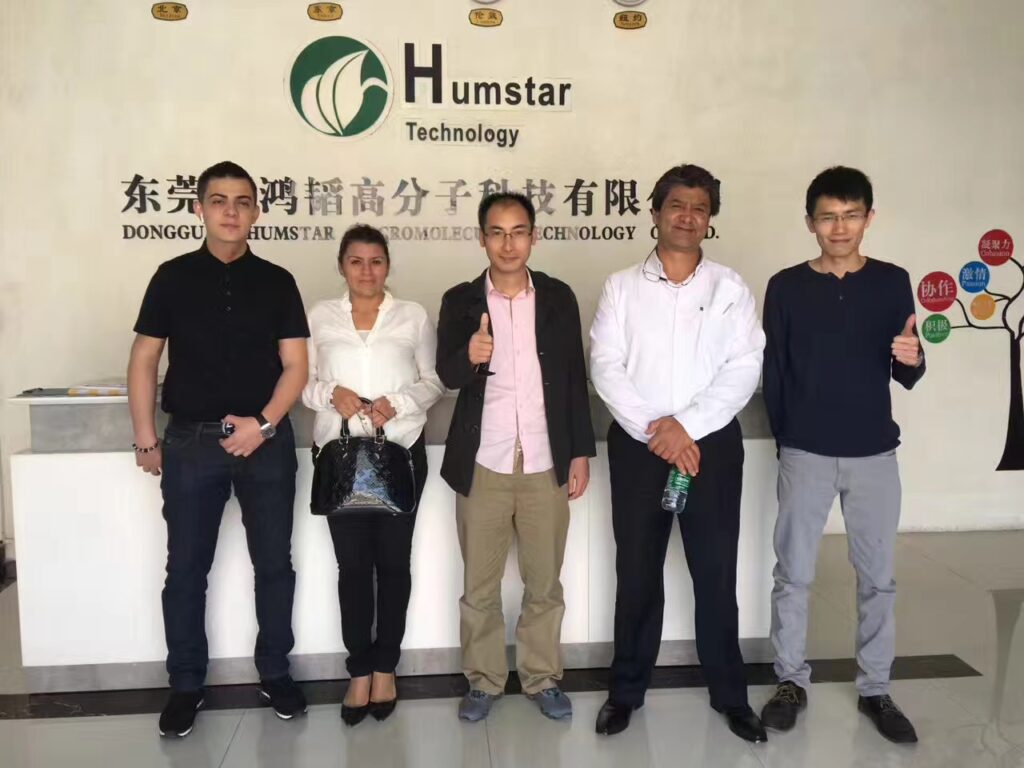True ‘ocean plastic’ collected in the high seas is often degraded to a point where it can no longer be reused. Furthermore, it is expensive to retrieve. Large expeditions need to be funded to access garbage patches far out at sea, and even then (ironically) not enough material can be collected to support the growing demand for ocean plastic. To work around the cost issue and lack of scalability, manufacturers are looking to salvage ocean plastic closer to the source, before it has the chance to be swept far out into the oceans.
Mark Hartnell, Director of Textiles at?Seaqual Initiative, a community fighting plastic pollution, defines ocean plastic as “waste of any type that has been lost or discarded in the marine environment and is found on beaches and coasts, the ocean floor and surface, or in rivers and estuaries.” Seaqual Initiative brings together scientists, NGOs, manufacturers, and brands to collect plastic and turn it into yarn, among other things. It organizes massive cleanup efforts by recruiting fishermen and a small army of volunteers who scour beaches for debris. The resulting material has been adopted by big players such as?IKEA,?Gant,?and?Jack Wolfskin.
Even with this expanded definition of ocean plastic to include materials retrieved from beaches, rivers, and estuaries, the Seaqual Initiative team still has to blend the marine litter with post-consumer PET from land-based sources in order to scale production.?Its?ocean plastic yarn?is approximately 10% marine plastic and 90% post-consumer plastic from land.?
This is the reality for most ocean plastic fiber manufacturers. In almost all cases, ocean plastic fiber is a blend of recycled marine litter and land-based waste. San Francisco-based brand?Rothy’s, for instance, creates bags from ocean plastic and post-consumer recycled water bottles.
Rothy’s definition of ocean plastic is even broader than Seaqual’s. They define ocean plastic as “discarded plastic collected within 30 miles of coastlines — the areas where plastics are at high-risk of ending up in our oceans,” according to Saskia van Gendt, Rothy’s Head of Sustainability. “The best way to deal with our marine plastic issue is to prevent it from entering our waterways to begin with.”
Many brands like Rothy’s consider?ocean-bound plastic, which is found on land but at risk of ending up in the water, to be synonymous with ocean plastic. The term ‘ocean-bound plastic’ came about two years ago and was initially pretty vague. Today, there is a more hardline classification based on the research of Dr. Jenna Jambeck, professor at the University of Georgia’s College of Engineering. For decades, she has researched plastic waste disposal, and her studies have found that at least?80% of ocean plastic?is waste which originated on land and accidentally found its way into our waters through poor management. Like patching a leaky bucket, intercepting plastic waste from high-risk coastal areas has a huge impact on the amount of plastic that ends up in the ocean.?
Today, ocean-bound plastic is the bread and butter of the ocean plastic fiber industry. “Roughly 80% of the materials available on our marketplace fall under the ‘ocean-bound’ category,” said Ianelli of Oceanworks. “It’s a better price for brands and manufacturers. It has a story and it’s what is currently most available.”

1,Please check our pictures in attachment.Do you need this pvc granule for which kind of product? May you show me your final product picture?Then our engineer will open a suitable formula to your final product.
2,What is your material data spec. Hardness SHORE A /Density/Color/Quantity of your products?Then I will quote you exact catalog&price later.
Thanks & Best regards!
Dongguan Humstar Macromolecule Technology Co., Ltd.
Tel:0086 769 82550680
WhatsApp: +86 13925545836(Wechat)




